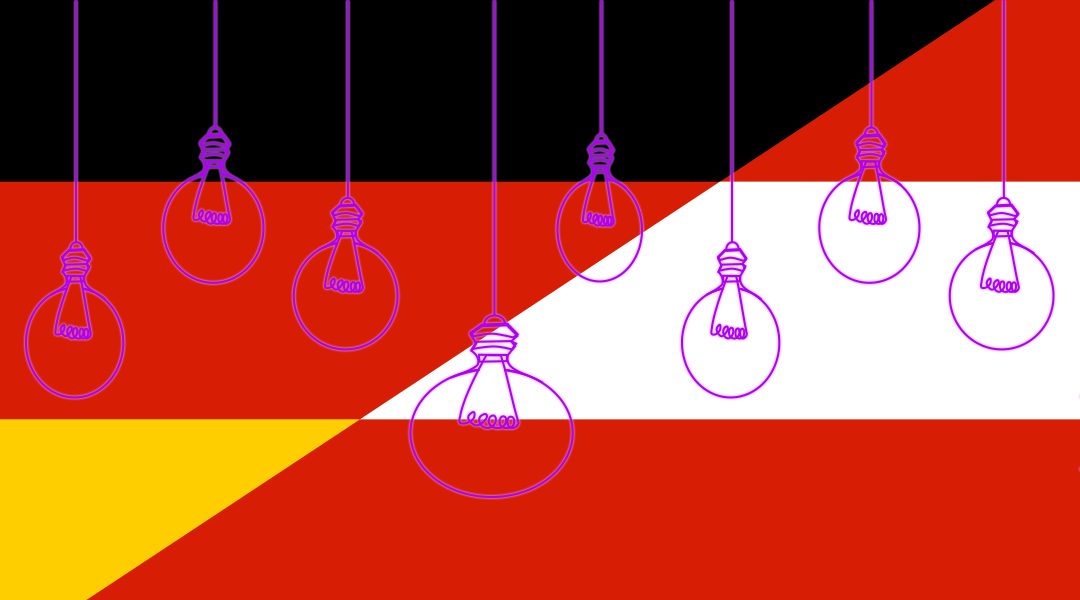With the growing amount of electric energy produced by volatile renewable energy sources (wind and solar), ancillary services for the power grid become increasingly important. The most important short-term ancillary service is balancing power: it ensures an immediate stabilization of the grid frequency by balancing demand deviations and supply deviations.
For the provision of balancing power, Austria and Germany apply procurement auctions with the same design. Prequalified suppliers compete for the provision of balancing power and are confronted with two different cost types: so-called capacity costs, i.e., costs for keeping balancing power available to the grid, and so-called calling costs, i.e., costs for the actual delivery of balancing energy. In the current Austrian and German market design, suppliers submit a three-dimensional bid that consists of a power offer (MW), a power bid (Euro/MW) and an energy bid (Euro/MWh). The scoring rule, which determines the winners of the auction, is based on the power bid exclusively, and pay-as-bid pricing is applied, i.e., an awarded bidder receives her bid figure.
Recent empirical work indicates that suppliers in Germany adjust their bids towards previous auction results in the repeated balancing power auctions. This form of cooperative rather than competitive bidding behavior is facilitated by a nearly constant and small set of suppliers due to the high pre-qualification criteria for this market. This reported bidding behavior sets the starting point of the approach taken in this article: A supplier’s decision-theoretic bidding calculus that allows the integration of future price expectations is presented. Based on the theoretical model, the authors of a recent review in WIREs Energy and Environment identify conditions for an optimal power bid and energy bid.
A major result of the theoretical analysis is that the power bid and the energy bid are interdependent, i.e., the expected profits from the energy bid are taken into account in the calculation of the power bid. The authors provide a numerical example of the theoretical model that considers different market scenarios based on historic market data. They show that the highest expected profits are achieved by bidding a low power bid when high energy bid prices are expected. This reveals a major disadvantage of the currently applied scoring rule: suppliers underbid their capacity costs because bidding a low power bid increases the probability of winning the auction, i.e., the power bid is “subsidized.” In return, suppliers submit extremely high energy bids.
These theoretical results are compared with empirical auction data from Austria and Germany of 2014 to 2017. It is found that suppliers actually apply the identified bidding strategies: the power bids converge to zero, while the energy bids continuously increase. These findings suggest that suppliers take the interdependence of the energy bid and power bid and the strategic options of the repeated auction into account.
Kindly contributed by Fabian Ocker.

















